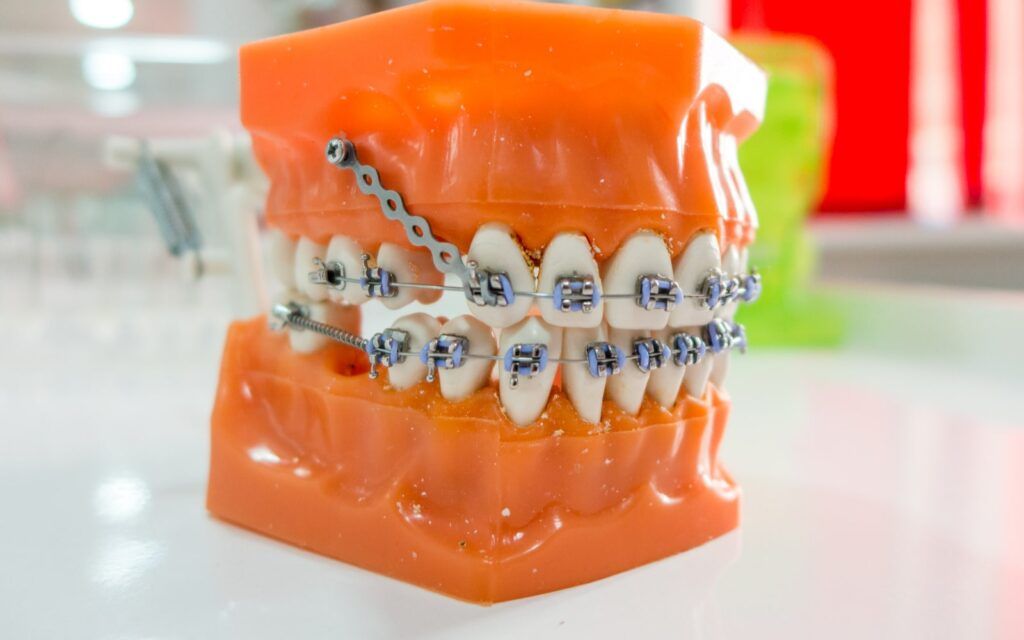Orthodontic care is called for when you need to adjust the position or alignment of your teeth. Getting ready to receive orthodontic care requires undergoing some preparatory stages with your dentist. During this preparation stage, you’ll need to have your teeth assessed using digital impressions, imaging, and a visual inspection. The dentist will determine which teeth need to be moved and which need to be held in place. Retaining the position of teeth that must remain in place is accomplished using orthodontic anchorages. These anchorages were first developed approximately a century ago. Since its introduction, new anchorage forms have been developed, expanding on the original.
Orthodontic Anchorage And How It Improves Your Results
Henry Albert Baker created the first version of orthodontic anchorage. This innovative dentist was looking for a way to correct malocclusion while only moving the necessary teeth. The result was the creation of what is now known as Baker’s Anchorage. This technique proved so successful that it would inspire the development of a complex and diverse series of anchorages. Each anchorage is unique to the patient and case in question but can be described using the below classification system.
- Site-Based Classification:
- Intraoral – Mounted within the oral cavity
- Extraoral – These anchorages require external equipment. Headgear and facemasks are the most common extraoral devices used to secure these teeth. These come in both occipital and cervical mounts, using the head and neck, respectively.
- Muscular – These anchorages are secured within muscle tissue.
- Number of Treated Teeth
- Simple/Primary – One tooth
- Compound – Involving multiple teeth
- Reinforced – Secured to multiple points, frequently cervical and occipital mounts
- Reciprocal – Used to draw two teeth together.
- Stationary – Altering the dental angle while securing it in place
- Space-Based Classification
- Group A – Primary adjustment of rear teeth
- Group B – Adjustment of both front and rear teeth
- Group C – Primary adjustment of front teeth
- Absolute Anchorage – Only adjusting teeth towards the rear
Utilizing this classification system makes it possible to concisely and clearly identify the needed anchorages. Using a system like this increases clarity in the dental records and helps prevent mistakes when work is being done. It aims to define multiple points of the procedure, including which teeth are being moved to achieve the desired adjustment. There are less common forms of designation that define anchorages secured in bone or using implants.
Discuss Your Child’s Orthodontic Procedure With Your Dentist
The above guide is provided to help parents understand the procedure they’re considering for their child. By understanding what’s happening, they can pass this information on to their child in preparation for the procedure. Building familiarity with the procedures they’re receiving, you’re building a precedent of being an engaged patient. This is essential in every area of your health as it enables them to make informed decisions about options that may present themselves. You can also sit with them and speak to their dentist, allowing them to ask their own questions and become comfortable learning about their health decisions.


